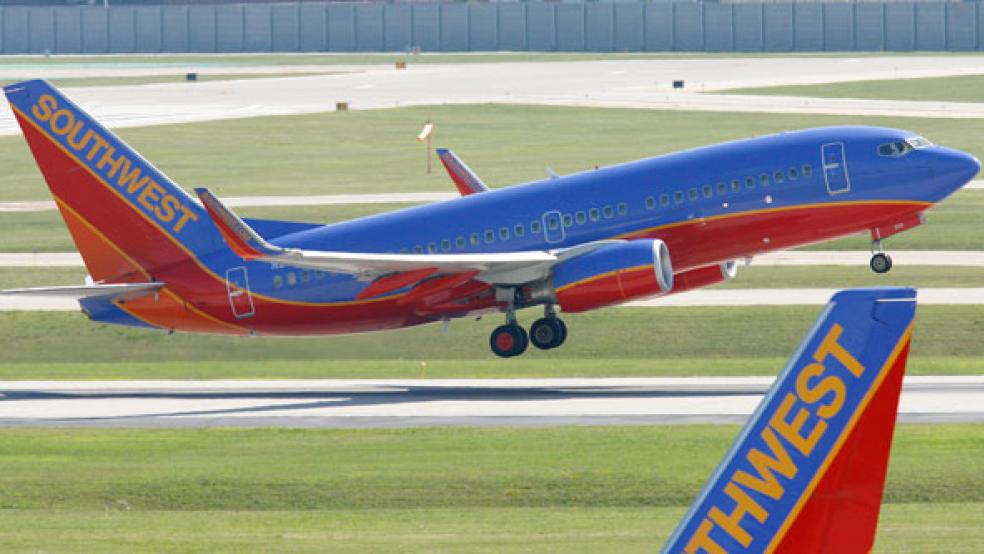Next time there’s a foul smell on the plane, you could be exposed to toxic oil fumes impacting your health.
After more than 50 years of knowing that the air you breathe on an airplane can be contaminated with hazardous oil fumes, only one type of aircraft, the Boeing 787, has been designed to provide clean air to passengers and crews.
Related: 6 Sneaky Fees That Are Making Airlines a Bundle
“You could be exposed to oil fumes on a flight tomorrow,” said Judith Anderson, a staff member of the AFA-CWA Air Safety, Health and Security Department, which aims to improve conditions that affect the health of flight attendants. “It’s a Russian roulette.” She told The Fiscal Times that contamination doesn’t happen on every flight but often enough to be a concern.
For over 50 years, all commercial jet aircraft have supplied passengers and crews with unfiltered breathing air taken directly from the compression section of the engine, using a process known as “bleed air,” according to a new report released this week by the Global Cabin Air Quality Executive, a coalition of health and safety advocates focused on poor air quality in aircraft. Such bleed air can be contaminated with toxic synthetic jet engine oils.
The Boeing 787, which made its debut two years ago, is at this point the only commercial bleed-free aircraft in operation. The GCAQE as well as Anderson’s organization are hoping that airframe and engine manufacturers will only use Boeing 787 bleed-free technology on all newly manufactured or new type of aircraft to protect crews and passengers.
Some of the symptoms of exposure to these fumes while on board of an airplane include stomach cramping, muscle weakness and sinus congestion. You can also identify the fumes by their smell.
“The fumes smell like dirty socks or a misty or moldy smell,” Anderson said.
She added that people react differently to the exposure in the weeks following it. Longer-term, it can affect your liver function and neurological symptoms can start to appear. Speech can also be impaired and your balance can be affected. “There’s no treatment for these symptoms,” she said, and some cases of crew members and pilots being poisoned by toxic fumes have led to death.
Related: Another Reason to Hate the TSA
Anderson noted that there’s not much motivation on behalf of manufacturers and airlines to change the status quo. “Airlines don’t have to install filters and they don’t have to let passengers know that there are oil fumes in the air, even if an aircraft is redirected and a crew taken to the emergency room for that reason,” she said.
The Federal Aviation Administration, through the Airliner Cabin Environment Research Center, which it funds, has been researching air contaminants and sensor technologies that can detect hazardous fumes, but it has so far taken no concrete steps to reduce exposure to high-risk fumes.
Top Reads from The Fiscal Times:
- Credit Score Change Could Set Up Consumers to Fail
- From Bellhops to Burger Flippers, Robots Look to Steal Even More Jobs
- The Best Paying Jobs for High School Graduates




